Plants, Free Full-Text
Por um escritor misterioso
Last updated 02 junho 2024
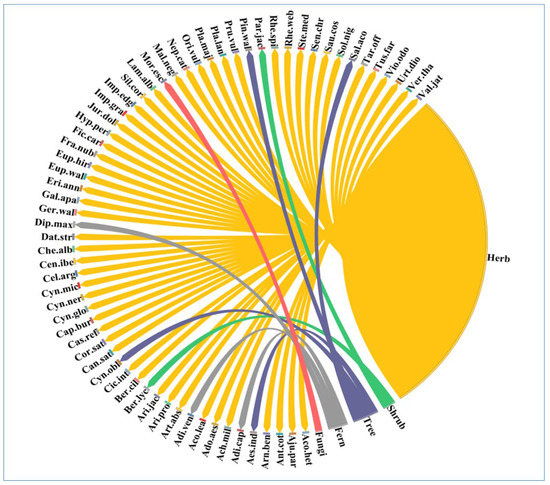
Dermatological ailments are a major health problem, especially when related to human immune deficiency syndrome and acquired immune deficiency. The goal of this study was to identify the medicinal plants used by the indigenous peoples of the Northwestern Himalayas to treat dermatological diseases. Several field trips were conducted in the spring and summer seasons of 2020–2021 to collect the plants of dermatological value and information about their use through open-ended semi-structured interviews (n = 53) and group discussions (n = 33). The current investigation found 64 ethnomedicinal plants belonging to 34 families commonly used to treat a variety of dermatological ailments. The main growth form was herbs (80%), followed by trees (8%) and ferns (6%). It was found that leaves (51%) were the most commonly used plant part, followed by roots and the whole plant. Wound healing was the most dominant application, with 18 plant species used, followed by skin burns cured by 11 plant species and skin boils by eight plant species. Out of the total (18%) of medicinal plants with cosmetic uses, i.e., roots of Jurinea dolomiaea, Rheum webbianum, and Rheum spiciforme were crushed into powder and mixed with turmeric, and the paste is applied topically for glowing skin. Among the various preparation methods, paste (38%) was the most common way of preparation, followed by poultice (29%) and infusion (9%). Between ethnic groups, the maximum homogeneity was between Gujjar and Bakarwal ethnic groups (23 species, 36%), followed by Gujjars and Kashmiri (14 species, 22%). Bakarwals and Gujjar people live in the same geographical location, and they graze their animals in pastures, practice extensive transhumance pastoralism, and pass through different ecological landscapes, thus having sufficient experiences with certain plants and retaining more knowledge. The species identified with the highest utilization based on the number of citations and use value included Ficus carica, Cichorium intybus, Euphorbia wallichii, Pinus wallichiana, Plantago major, Jurinea dolomiaea, and Artemisia absinthium. The findings of this study demonstrate that people who reside in the Northwestern Himalayas region still rely on medicinal plants.

First Federal is giving away free tomato plants on May 7th - Smile

168 Room Full Of Plants Stock Photos, High-Res Pictures, and
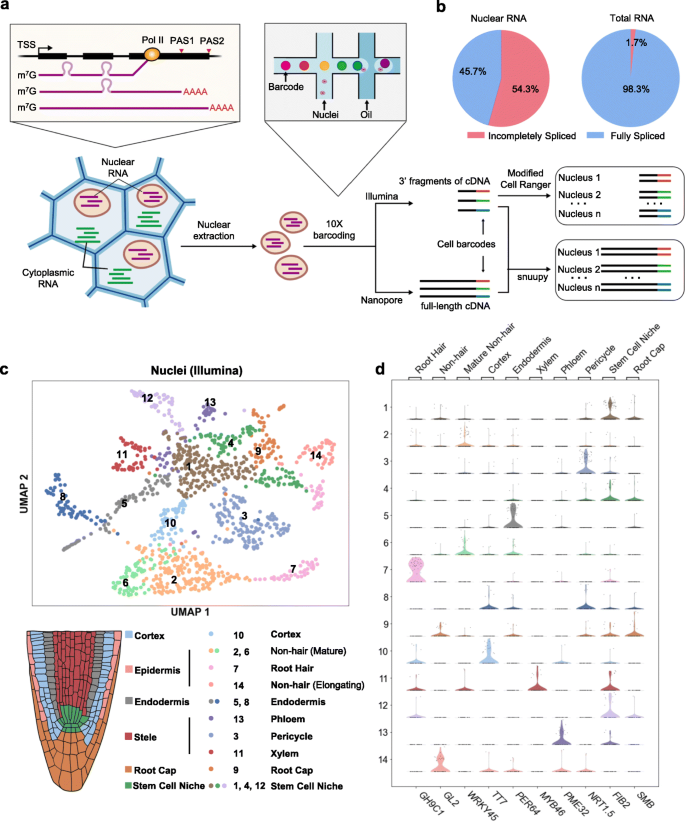
FlsnRNA-seq: protoplasting-free full-length single-nucleus RNA
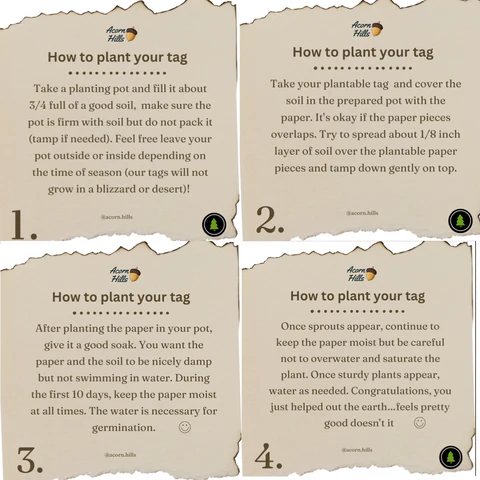
Plant your Clothing Tag! – Acorn Hills
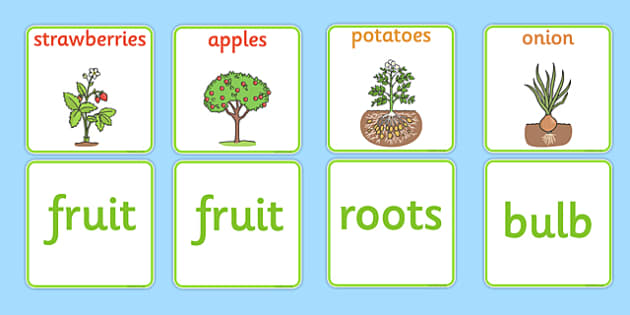
FREE! - Fruit and Vegetable Plant Matching Cards - Twinkl

MARS HYDRO TS 3000 LED Grow Light Full Spectrum for Indoor Plants

Healthy Start Organic Vegetable Seed Collection: Arugula, Spinach

South Central Garden Party in LBC 3-9pm (18+ Event) Free Plants
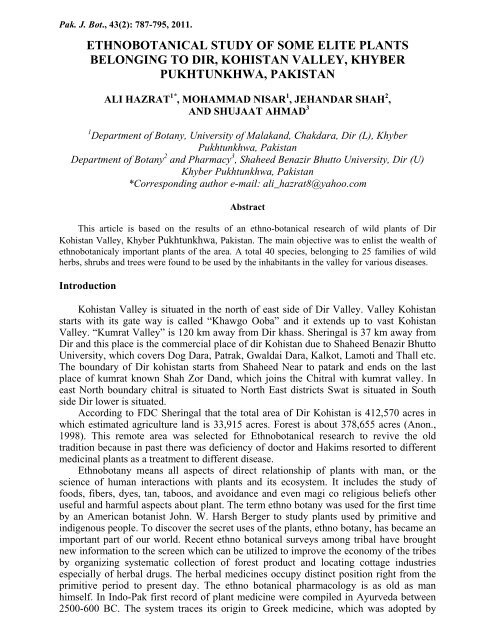
FREE FULL TEXT PDF - Pakistan Journal of Botany

Bloom and Breath Plant & Mindfulness Journal – Pooka Pure and Simple

Potted Plants Sprouting Love Heart Flowers Black & White Clip Art
Recomendado para você
-
 Ve'nari - Wowpedia - Your wiki guide to the World of Warcraft02 junho 2024
Ve'nari - Wowpedia - Your wiki guide to the World of Warcraft02 junho 2024 -
 Soulbound Gloomcharger's Reins Mount from Ve'nari, Mysterious Gift02 junho 2024
Soulbound Gloomcharger's Reins Mount from Ve'nari, Mysterious Gift02 junho 2024 -
Asia Research Institute, NUS - For former alum and now ARI02 junho 2024
-
 Appareil didactique : Comment obtenir le jouet secret de Ve'nari02 junho 2024
Appareil didactique : Comment obtenir le jouet secret de Ve'nari02 junho 2024 -
JYPSI Legacy Batch 1 The Journey Whiskey . Led by whiskey maker02 junho 2024
-
 Ari Telch en: Dmente - Various events02 junho 2024
Ari Telch en: Dmente - Various events02 junho 2024 -
Shop-Ari02 junho 2024
-
 Ven-Allen Lubin News - ESPN02 junho 2024
Ven-Allen Lubin News - ESPN02 junho 2024 -
 Eli Marcus & Ari Hill & Yochi Briskman - Ushavtem MP3 Download02 junho 2024
Eli Marcus & Ari Hill & Yochi Briskman - Ushavtem MP3 Download02 junho 2024 -
 Ari Welkom Los Angeles Premiere Raven Stock Photo 10432569202 junho 2024
Ari Welkom Los Angeles Premiere Raven Stock Photo 10432569202 junho 2024
você pode gostar
-
 Backrooms Escape 🔧🏃♂️ 6043-5953-6096, de biel123 — Fortnite02 junho 2024
Backrooms Escape 🔧🏃♂️ 6043-5953-6096, de biel123 — Fortnite02 junho 2024 -
 NEW* ALL WORKING CODES FOR ALL STAR TOWER DEFENSE IN OCTOBER 2023! ROBLOX ASTD CODES02 junho 2024
NEW* ALL WORKING CODES FOR ALL STAR TOWER DEFENSE IN OCTOBER 2023! ROBLOX ASTD CODES02 junho 2024 -
 figg Vacuum Compression Storage Bags - M, L and XXL (27 x 19 in to 31 x 39 in)* 6 Pack - Leakproof and Carbon neutral - Vacuum seal bags for Clothes02 junho 2024
figg Vacuum Compression Storage Bags - M, L and XXL (27 x 19 in to 31 x 39 in)* 6 Pack - Leakproof and Carbon neutral - Vacuum seal bags for Clothes02 junho 2024 -
 Plants vs. Zombies 3 gameplay emerges as game gets soft launch02 junho 2024
Plants vs. Zombies 3 gameplay emerges as game gets soft launch02 junho 2024 -
 Tia Gabi (@TiaGabiOficial) / X02 junho 2024
Tia Gabi (@TiaGabiOficial) / X02 junho 2024 -
 Middle-Earth: Shadow Of War Gold Edition - Xbox One : Video Games02 junho 2024
Middle-Earth: Shadow Of War Gold Edition - Xbox One : Video Games02 junho 2024 -
 Derez De'Shon – Sacrifices Lyrics02 junho 2024
Derez De'Shon – Sacrifices Lyrics02 junho 2024 -
 Why Meme Marketing Deserves More Attention02 junho 2024
Why Meme Marketing Deserves More Attention02 junho 2024 -
 Companions, Fallout: The Frontier Wiki02 junho 2024
Companions, Fallout: The Frontier Wiki02 junho 2024 -
 Marvel's Spider-Man 2 Main Menu Concept Looks Like the Real Deal02 junho 2024
Marvel's Spider-Man 2 Main Menu Concept Looks Like the Real Deal02 junho 2024


